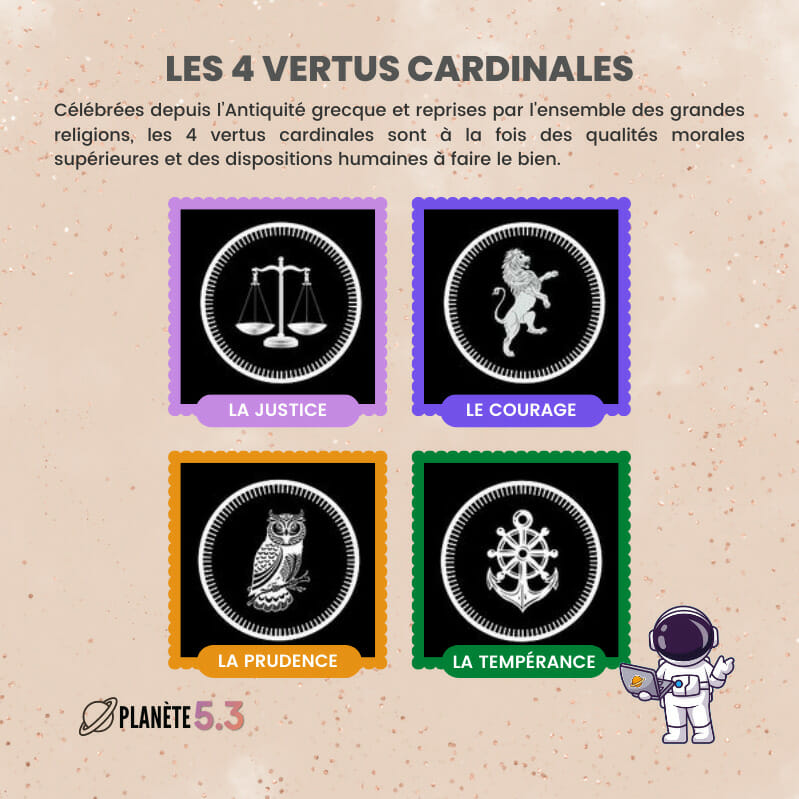Oysters and other shellfish from the Arcachon basin are prohibited for sale due to the presence of norovirus having caused collective food poisoning: an update on the symptoms.

- Oysters from the Arcachon basin are prohibited for sale due to several cases of “food poisoning”.
- Food poisoning must be differentiated from gastroenteritis: the symptoms appear more quickly and it lasts less long.
- In the case of oysters, contamination with norovirus causes acute gastroenteritis in humans.
This is a hard blow for oyster farmers in the Arcachon basin. Wednesday December 27, the Gironde prefecture announced “the temporary ban on fishing, harvesting and marketing for consumption of all shellfish from the Arcachon Basin and the Banc d’Arguin”. This follows several cases of “collective food poisoning” linked to the consumption of oysters. Analyzes carried out on oysters reveal the presence of norovirus. “No serious cases have been reported to date.”warns the prefecture in a communicated.
Norovirus collective food poisoning: symptoms to spot
Seafood is contaminated with norovirus, which are the “main causes of acute gastroenteritis (AGE) in humans. according to the Coves. The symptoms are as follows: diarrhea and/or vomiting accompanied or not by nausea, abdominal pain and sometimes fever. The symptoms last between two and three days and do not cause complications, but symptoms may persist longer in the elderly or children.
“The majority of norovirus collective foodborne illnesses (TIACs) in France are linked to the consumption of contaminated shellfish, in particular oysters eaten raw., completes Anses. The presence of the virus is linked to water contamination. “At the time of winter gastroenteritis epidemics, there are many patients, there is significant release of viruses into wastewater (…), adds the agency. In the event of heavy rainfall, or accidental discharge (non-connection of individuals), more or less diluted wastewater discharges can reach coastal areas, or even shellfish farming areas.”
Gastroenteritis, food poisoning: how to tell the difference?
“Food poisoning and gastroenteritis are often confused due to their similar symptoms.reminds himPasteur Institute of Lille. They cause stomach aches, vomiting and diarrhea. Time allows us to distinguish the two pathologies: the signs of food poisoning are shorter, but they appear more quickly. “If several people present the same symptoms (diarrhea, vomiting, nausea, etc.) a few hours after eating the same meal, the possibility of food poisoning should be favored., explains the Pasteur Institute of Lille. In general, food poisoning lasts from a few hours to three days. Symptoms of gastroenteritis usually last longer. “If symptoms persist for more than a day after ingestion of the suspected food, there is a good chance that it is viral gastroenteritis, indicates the organization. Fever is also more present in cases of gastroenteritis than in cases of food poisoning.
Gastroenteritis or food poisoning: different causes
The two diseases have different origins. “Food poisoning occurs following the consumption of one or more foods contaminated by bacteria such as E. coli, salmonella or Listeria., specifies the Pasteur Institute of Lille. The bacteria may be present before the food is prepared, but it may appear later following a cooking or storage problem. Food poisoning can also occur when traveling, where our body is exposed to bacteria to which it is not accustomed. On the other hand, gastroenteritis is the consequence of infection by a virus.

















